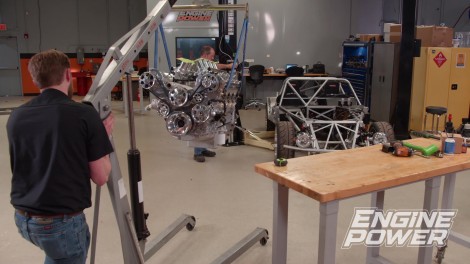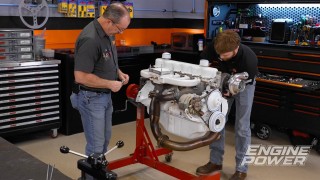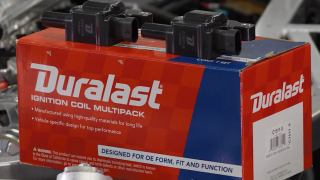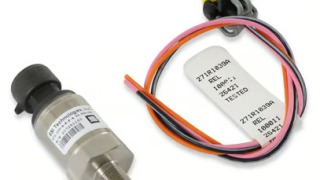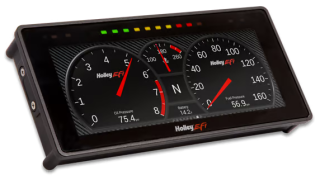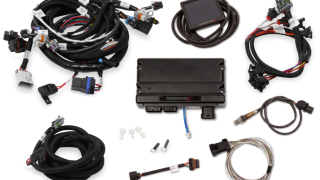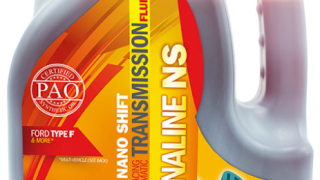Engine Power Featured Projects
Engine Power Builds
Want more content like this?
Join the PowerNation Email NewsletterParts Used In This Episode
Lubrication Specialties
Hot Shot's Secret Adrenaline R Series Nano Shift Transmission Fluid
Chattanooga Driveline Service
Steel Driveshaft
